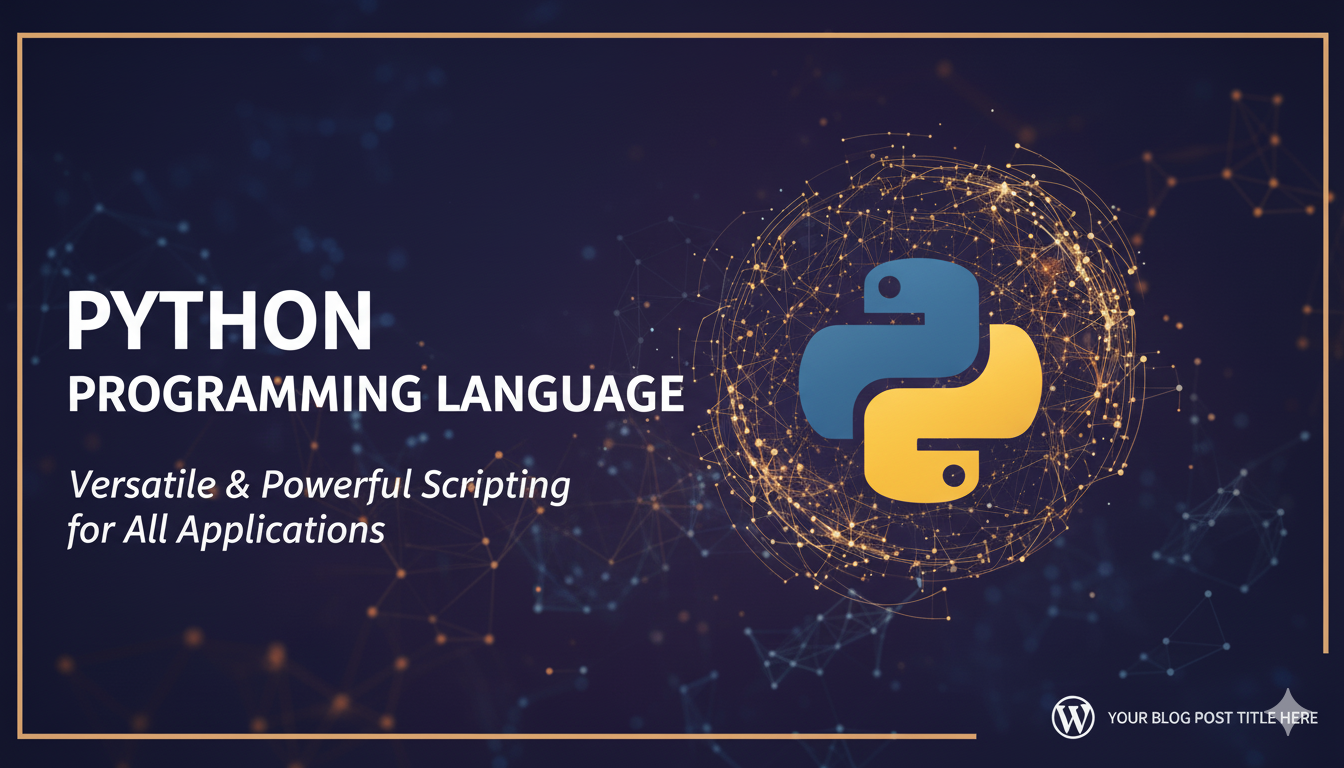Vector Processors For vector computations this kind of processor was designed. A vector is an array of operands of the same type. Consider the following vectors: Vector A (a1, a2, a3, ……., an) Vector B (b1, b2, b3,……., bn) Vector C = Vector A + Vector B = C(c1, c2,...
Part 10: Processors in Computer Architecture
What Does Processor Mean? A processor is an integrated electronic circuit that performs the calculations that run a computer. A processor performs arithmetical, logical, input/output (I/O) and other basic instructions that are passed from an operating system (OS)....
Part 9: Pipelined Datapath & Control in Computer Architecture
PIPELINED DATAPATH As with the single-cycle and multi-cycle implementations, we will start by looking at the datapath for pipelining. We already know that pipelining involves breaking up instructions into five stages: IF – Instruction Fetch ID – Instruction Decode EX...
Part 8: Pipeline Hazards & Solution in computer architecture
Pipeline Instruction Pipelining Similar to the use of an assembly line in a manufacturing plant An instruction has a number of stages This pipeline has two independent stages The first stage fetches an instruction and buffers it When the second stage is free, the...
Part 7: Datapath Design of Computer Architecture
What is Datapath? The component of the processor that performs arithmetic operations – P&H The collection of state elements, computation elements, and interconnections that together provide a conduit for the flow and transformation of data in the processor during...
Part 6: Arithmetic Logic Unit(ALU) Design of Computer Architecture
Introduction to Arithmetic Logic Unit In ECL, TTL and CMOS, there are available integrated packages which are referred to as arithmetic logic units (ALU). The logic circuitry in this units is entirely combinational (i.e. consists of gates with no feedback and no...
Part 5: Control Unit Design of Computer Architecture
Introduction of Control Unit and its Design Control Unit is the part of the computer’s central processing unit (CPU), which directs the operation of the processor. It was included as part of the Von Neumann Architecture by John von Neumann. It is the responsibility of...
Part 4: Cache Memory & Mapping of Computer Memory Systems
Key Characteristics of Computer Memory Systems and Performance of Memory: Based on three performance parameters performance of Memory: Access time (latency): For random-access memory, this is the time it takes to perform a read or write operation For non-random-access...
Part 3: Interconnection Structure on Computer Architecture
Interconnection Structure Overview The collection of paths connecting the various modules is called the interconnection structure. The preceding list defines the data to be exchanged. The interconnection structure must support the following types of transfers: Memory...
Part 2: Computer Structure structural Units or Components
Computer Structure: Structural Units/Components This is the simplest possible depiction of a computer The computer interacts in some fashion with its external environment In general, all of its linkages to the external environment can be classified as peripheral...
Part 1: Introduction to Computer Architecture
Introduction to Computer Architecture Computer architecture refers to those attributes of a system visible to a programmer or those attributes that have a direct impact on the logical execution of a program. Computer organization refers to the operational units and...
The Enduring Power of PHP: Why It’s Still Thriving in 2025 and Beyond
Despite frequent predictions of its demise, PHP remains a cornerstone of web development. Discover why this ‘immortal’ language continues to evolve and power millions of websites.
Mastering IELTS Speaking: Strategies & Band 9 Tips for November 2025 (Germany Focus)
Prepare for your IELTS Speaking test with expert strategies, potential November 2025 question insights, and essential tips to achieve a Band 9 score, especially for test-takers in Germany.
Laravel’s Power: Unlocking Large-Scale Projects with DDD & The New Cloud API
Explore how Laravel excels in large-scale applications, integrates with Domain-Driven Design, and the exciting potential of the new Laravel Cloud API.
Python’s Dominance: Powering the Future of Data Science and AI
Discover why Python is the undisputed leader in data science, exploring its key advantages, essential libraries, and profound impact on AI, machine learning, and data-driven innovations.





